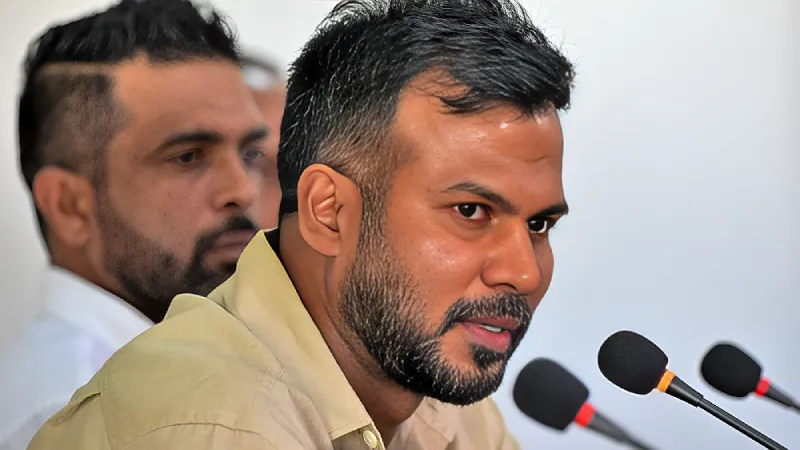Let’s face it – being bowled out for 94 at home hurts. Following it up with a lackluster 132 in the series decider? That is a funk that requires a serious about-face. Sri Lanka’s 2-1 T20I series defeat to Bangladesh was not just unfortunate – it was historic, in the poorest sense. For the first time, the Tigers tamed the Lions in a T20 series, and the repercussions appeared immediate.
Sri Lanka’s chief selector Upul Tharanga was quite frank in his assessment. He made it clear: “No filter, this is a wake-up call. As the wheels are turning, they are getting ready to co-host the 2026 T20 World Cup with India. Tharanga understands the clock is ticking – and isn’t afraid to use it!
Middle Order Mayhem and the Need for Fresh Faces
What’s the clearest message from the Bangladesh series? Under pressure, Sri Lanka’s middle order unraveled—just like it has too often before. Far too many batters looked jittery, and too few looked to impose themselves, and the scoreboard reflected that confusion. Tharanga’s reaction? Hit the reset button.
Domestic stars like Nuwanidu Fernando and Pawan Rathnayake-players with both grit and flair-have made their way into the T20 paradigm. Janith Liyanage has shown that he’s cool in ODIs and may be seen as a potential solution to anchoring the T20 chaos.
But Tharanga is not just looking for numbers-he is looking for attitude. “Energy, hunger, and composure,” he states, are critical. The message couldn’t be clearer—Sri Lanka can’t let the middle overs swallow them whole. Get players who thrive on the pressure, not shrivel in it.
Also read:- Indian Batters Who Conquered Old Trafford: From Tendulkar’s First Hundred to Azhar’s Masterclass
Power-Hitting: Mind Over Muscle?
Let’s discuss boundaries – or lack of them. Most top teams are now six-hitting machines, while Sri Lanka is still playing T20 as if it were 2014. In 2014, they won the title, yes – but as Tharanga rightly points out, they did not get to the final based on raw power; it was brains over brawn; it was strike rotation; it was finding gaps; it was smart batting.
The sweeping changes in cricket have left Sri Lanka playing catch-up. Hence, they have hired Julian Wood, the English power-hitting guru who specializes in completely changing the way IPL batting units play. It’s only for a short time, but it may change their mindset long-term.
Wood’s role isn’t only to physically help players hit the ball a mile—it will attempt to modernize their thought processes on hitting. If it is successful, it could be the single greatest upgrade to this batting unit in a long time.
Pace, Rotation, and a Core Identity
Sri Lanka’s pace bowling issue is not like what you think; it’s a good issue. There are lots of options, but not enough places. Pathirana and Chameera want more playing time, and Tharanga is considering a rotate and rest policy in an attempt to maintain fitness, rotation, and tactical variation.
This is sage advice, particularly given the schedule coming up; England, Pakistan, Zimbabwe, the Asia Cup, and possibly India. The brutal fact? You won’t get far without establishing a reliable core. T20 is about owning your best eleven and weaving them into your game plan.
Sri Lanka’s T20 house is not burning down, but it needs an overhaul. Tharanga’s honesty is a breath of fresh air, and his adventurousness—supporting youth, engaging experience, managing assets—may be exactly what this team requires. The 2026 World Cup is a big opportunity—not simply to compete, but to reinvent Sri Lankan T20 cricket.
To catch up on the most current news on all of your favorite thrilling cricket updates, visit Six6slive to access our comprehensive Latest News, insightful analysis, and updates. Connect with the action now to make sure you never miss out!
